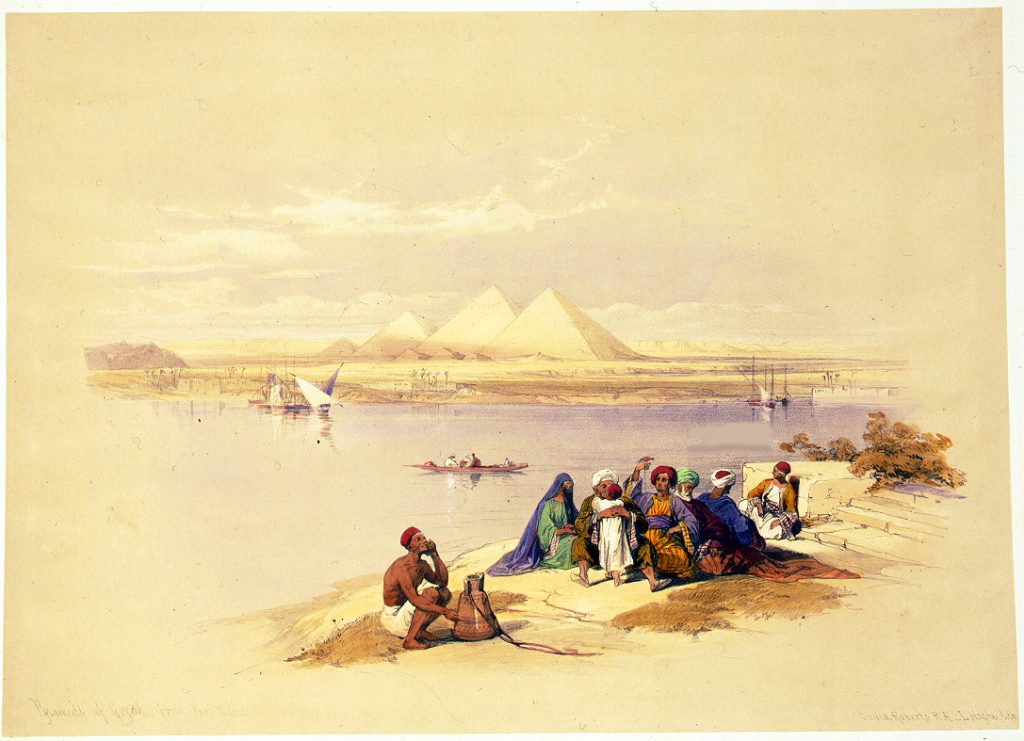
Led by Professor Zhiwu Chen, the Ancient Roots from Quantitative Perspectives cluster examines China’s developmental trajectory, demographic changes, and social/political/economic evolution using archaeological data and early indicators of land use.
To understand how China developed into what it is today, the Ancient Roots from Quantitative Perspectives cluster began to build the first comprehensive database of China’s archaeological discoveries by collecting data from thousands of archaeological excavation reports on sites and burial graves. This database covers all the published archaeological reports for the period from 8000 BCE to 1900 CE across all of today's China. This database is being completed. This cluster is focusing on these efforts. These data provide unprecedented opportunities to perform quantitative research on prehistorical as well as historical China. For example, members have used the available data to investigate why early Chinese civilization first rose in Northern China but not in the South, whether and how the Neolithic developmental landscape shaped and influenced China's development over subsequent millennia, and what are the mechanisms through which war triggered early regional growth in China. Through the use of both maritime and kiln archaeological data, members show how maritime trade led to the rise of China's South.
量化歷史和數字人文是近年來快速發展的交叉學科。 在大數據、人工智能時代,兩者都促進了人文學科的發展。 同時,量化歷史研究跟數字人文兩者之間也是相互促進、互為補充的。 與數位人文相比,量化歷史的重點集中在資料庫的利用,特別是結合量化分析方法、社會科學理論來研究重要的歷史現象,發現其中的規律、驗證因果關係並提供系統解釋。 也就是說,數字人文一般是基於數據對現象之間的相關性做出估算、判斷,而量化歷史研究則更進一步探究歷史現象之間的因果關係並從統計學上做系統驗證。 隨著更多歷史資料庫的建立並為學界開放,量化分析方法的應用也隨之增加,變得更為廣泛。


當前,對人工智能造成的衝擊,歷史學者的態度並不一致,或熱烈擁抱,或批判吸收,或警惕反思,總體而言,是在被動地回應。 但是,僅僅被動回應是不夠的。 歷史學及其理論不僅應當重視人工智能,更應該介入和影響其發展。 早在1976年,約瑟夫·魏岑鮑姆(Joseph Weizenbaum)就提出,歷史學有必要介入人工智能,特別是保存那些無法成為人工智能輸入數據的史料。 2019年,在斯坦福大學成立了「以人為本的人工智能」研究所,該研究所認識到,人工智能在改善人類狀況方面有著非凡前景,但前提是能夠成功引導其朝著負責任的方向發展。 為達此目的,研究所吸納了不少歷史學者和其他人文學者。 這一機構之所以能贏得人工智能領域的世界級聲譽,正是其理念和舉措的結果。 近年來,也有中國學者注意到這個問題,主張將知識、技能、感性經驗、價值觀念融入數位人文研究方法,其中包括人工智能的方法,惜未充分展開。
歷史學及其理論之所以能夠介入和影響人工智能,特別是當前代表人工智能前沿方向的大語言模型(以下簡稱「大模型」)的發展,很重要的一個因素在於兩者之間工作原理的相似和相通性。 在一定意義上說,歷史學就是用語言將「數據、記憶、關於過去的證據性遺迹、文獻和遺物」變成歷史的自覺省思。 大模型實際上是對人類社會積累的語言材料的吸收和綜合,或者說,是以兼收並蓄、有時可能是雜亂無章的方式吸收綜合其可以獲得的所有文本。 由此可見,大模型的工作方式與歷史學者的研究存在很大的相似性,即基於過去的各種史料,進行加工和提煉,從而獲得比較系統化的知識。 正如約書華·斯特恩菲爾德(Joshua Sternfeld)所說,收集模型的訓練數據就像是收集史料,模型根據輸入產生輸出就像是根據證據產生歷史,總而言之,「我們越是深入人工智能(大模型)學習的過程,事實上,這個過程就開始和做歷史研究的工作越發相似」。
因此,歷史學及其理論與人工智能(大模型)之間存在深度交融的可能和必要,但具體如何實現,既需要認識前者,也需要深入瞭解後者的運作機理。


Volumes of historical archives in China have been digitised, from which various datasets have been constructed for scholarly inquiry. Furthermore, the excavation of thousands of archaeological sites provided detailed data about prehistoric development across China’s landmass. As a result, there has been remarkable progress in quantitative studies on China’s past. This article reviews recent work in five theme areas to provide a background for the papers included in this special issue. These themes include state formation, Confucianism, human capital, Christian missionaries, and long-term persistence studies. The five papers in this issue fall into these themes and are introduced where appropriate.


歷史上最早的兩個國家出現在美索不達米亞和埃及。隨後,統一的集權國家在印度河流域、中國、中美洲和秘魯也相繼出現。這種集中的政治體制在某些地方繁榮了幾個世紀之後,有時卻會停滯不前,甚至面臨分裂或崩潰。 如何解釋早期國家的發展呢?





